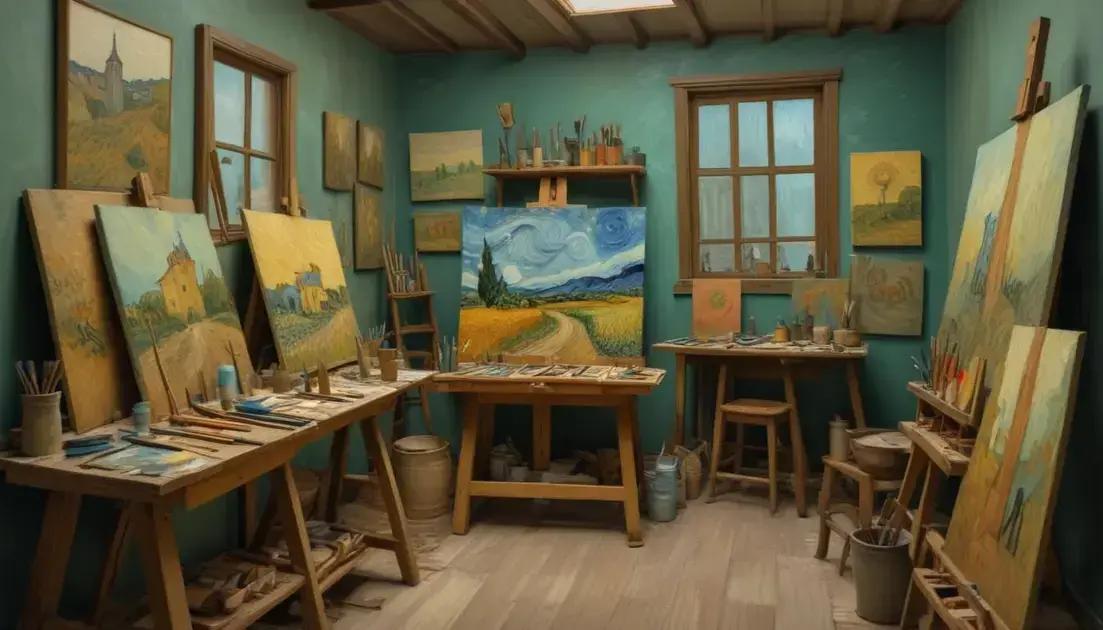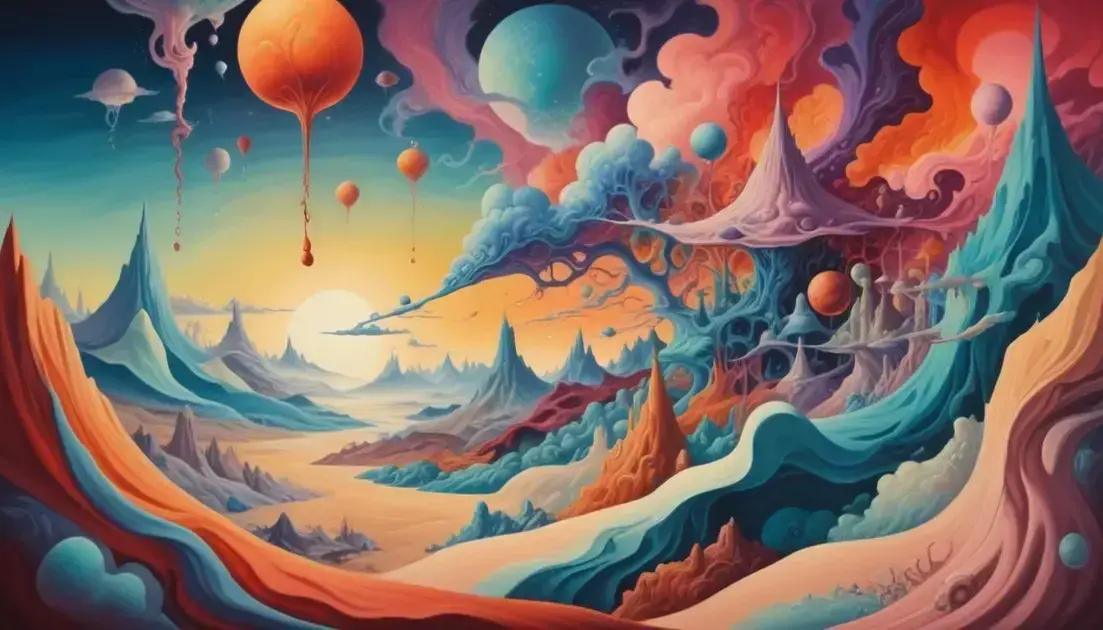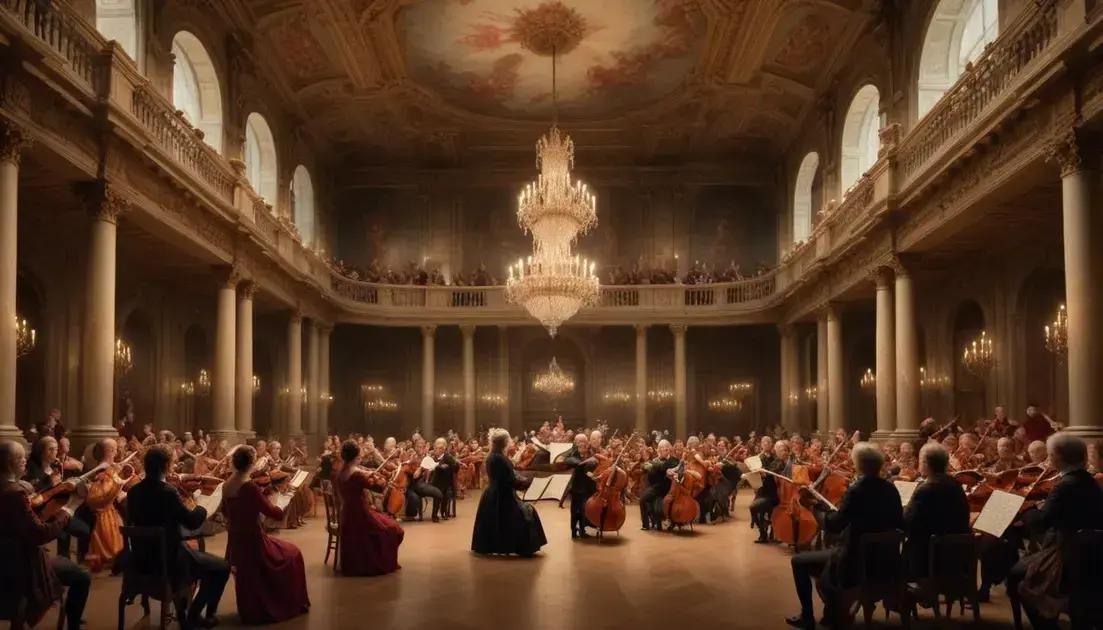
Van Gogh: Colors of the Soul and Pain Transformed into Art
Vincent Van Gogh’s influence on modern art remains profound, with his unique use of color and expressive brushwork resonating with contemporary artists. He faced significant mental health struggles, which shaped his artistic expression and allowed him to convey deep emotions through his works. Van Gogh’s legacy inspires ongoing discussions about creativity and mental health, showcasing the powerful link between emotional experience and artistic output.
In the world of art, Van Gogh stands out not just for his unique style but for the deep emotional currents that drive his creations. Ever wondered how colors can convey feelings?
The Life of Van Gogh
Vincent Van Gogh was born on March 30, 1853, in Zundert, Netherlands. From a young age, he showed a deep interest in art, though he faced many challenges. His life was not easy; he moved around a lot and struggled with his mental health.
In his early years, Van Gogh worked as an art dealer, but he later decided to become an artist himself. He believed that art could express emotions in ways that words could not. This passion drove him to create over 2,000 works of art.
Despite his tireless efforts, Van Gogh did not gain fame during his lifetime. Most of his best-known paintings were completed in a very short period, especially during his stay in Arles, France. Here, he produced famous pieces like “Starry Night” and “Sunflowers.”
Struggles and Triumphs
Van Gogh faced many struggles, including poverty and mental illness. He was known for his intense emotions, which often reflected in his art. His vibrant colors and bold brush strokes captured the beauty of nature and human emotion.
He had a close relationship with his brother Theo, who supported him both emotionally and financially. Theo believed in Vincent’s talent, even when few others did. This support was crucial for Van Gogh’s journey as an artist.
Sadly, Van Gogh’s life was cut short when he died on July 29, 1890, at just 37 years old. His legacy, however, continues to inspire artists and art lovers alike. Today, he is celebrated as one of the most influential figures in Western art history.
Expressionism: A New Era in Art
Expressionism marked a bold new direction in art during the late 19th and early 20th centuries. This movement focused on conveying deep emotions rather than just representing reality. Artists wanted to express their inner feelings and reactions to the world around them.
In expressionist art, colors and shapes are used in unique ways. Instead of trying to create realistic images, artists like Vincent Van Gogh used vibrant colors and exaggerated forms. This approach helped convey intense emotions. Fans of art may find their works stirring and thought-provoking.
Van Gogh is often seen as a precursor to this movement. His famous pieces like “Starry Night” reflect original emotions through dramatic colors and swirling patterns. These paintings capture feelings of joy, anguish, and yearning.
Impact on Future Art Movements
Expressionism paved the way for many future movements, including Abstract Expressionism. Artists began to explore their styles, using art as a vehicle for personal expression. This shift changed how art was perceived and created.
The influence of expressionism can be seen in many modern artists today. The focus on individual experience continues to resonate with artists and viewers alike. It taught us that art isn’t just about pretty pictures; it’s about feelings and experiences.
Impact of Mental Health on Van Gogh’s Works
Mental health played a significant role in Vincent Van Gogh’s life and art. He struggled with various mental health issues, including depression and anxiety. These challenges often influenced his creative process and the themes of his artwork.
During his lifetime, Van Gogh faced many emotional highs and lows. His feelings often spilled over onto the canvas. You can see his turmoil reflected in the intense colors and dramatic brush strokes of his paintings.
For instance, works like “The Sower” and “Starry Night” express a sense of both chaos and beauty. Art became a way for Van Gogh to cope with his mental health struggles. It helped him make sense of his emotions and experiences.
The Connection Between Emotion and Art
Van Gogh’s art gives us a glimpse into his mind. Many believe that his unique style was shaped by his emotional state. His works resonate with those who have faced similar challenges, showing that art can be a powerful outlet for expression.
Today, mental health awareness has grown, and more people understand its impact on creativity. Van Gogh’s story reminds us that mental health issues can profoundly affect art and the artist. Understanding this connection is essential to appreciate his work fully.
The Legacy of Van Gogh in Modern Art
Vincent Van Gogh’s legacy continues to shape the world of modern art. His unique style influences many artists today. Van Gogh’s vibrant colors and expressive brushwork inspire creativity and emotional depth in many artworks.
Artists often look to Van Gogh for inspiration. They admire how he shared feelings through visuals. His ability to convey emotion through color set a new standard in art. His work encourages artists to explore and express their own emotions.
Van Gogh’s influence can be seen in various modern art movements. Abstract and expressionist artists, in particular, draw from his techniques. They use bold colors and strong lines to communicate their personal experiences.
The Impact on Contemporary Artists
Today, many contemporary artists reference Van Gogh’s work. They blend his techniques with modern styles to create something new. This mix keeps his spirit alive in galleries and exhibitions around the world.
Art lovers continue to celebrate Van Gogh’s genius. His artwork remains popular, drawing crowds to museums and galleries. His life and struggles also remind us of the relationship between mental health and creativity, inspiring discussions on the topic.
Conclusion
In summary, Vincent Van Gogh’s impact on modern art is undeniable. His unique style and emotional depth continue to inspire artists today. By using vibrant colors and bold brush strokes, he showed how art could express feelings in powerful ways.
Van Gogh’s legacy teaches us about the connection between creativity and mental health. His story reminds us of the importance of expressing emotions through art. As we celebrate his contribution to the art world, we also recognize the ongoing influence his work has on contemporary artists.
As art evolves, Van Gogh’s spirit remains a guiding light, inspiring new generations to embrace creativity and emotional expression. His work encourages us all to explore our feelings and share them with the world.


